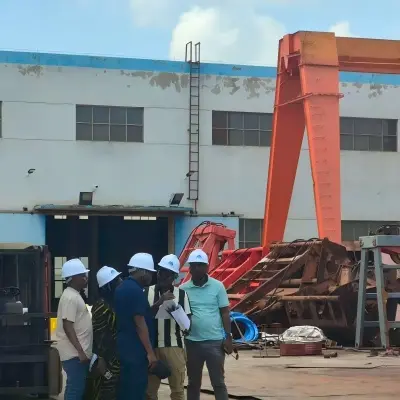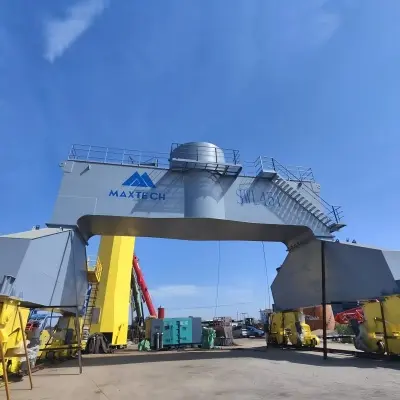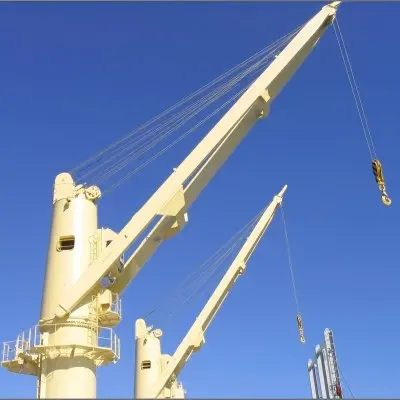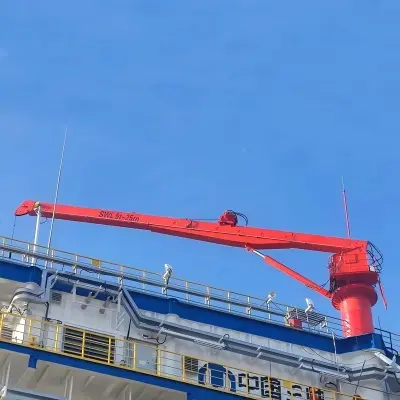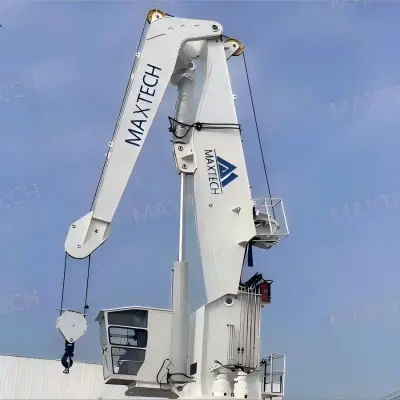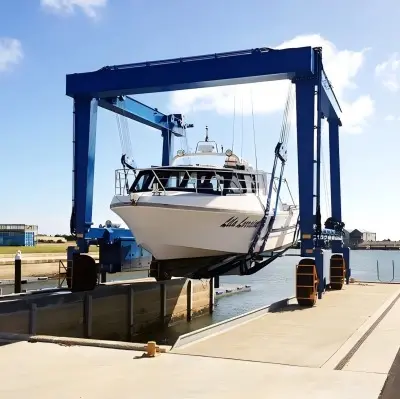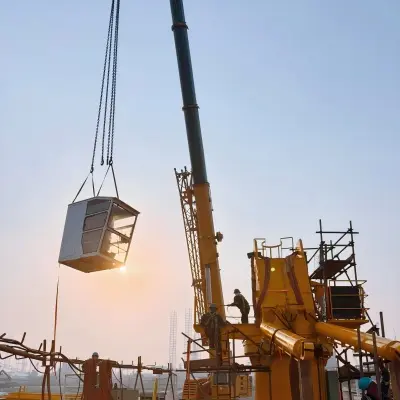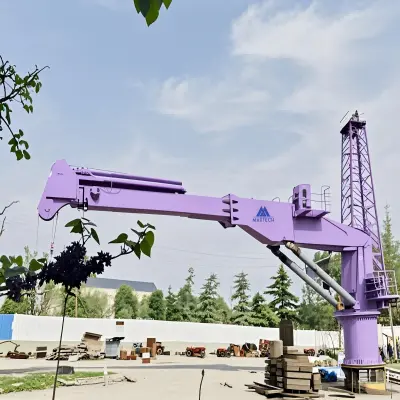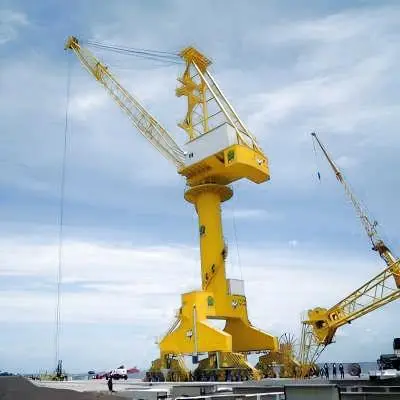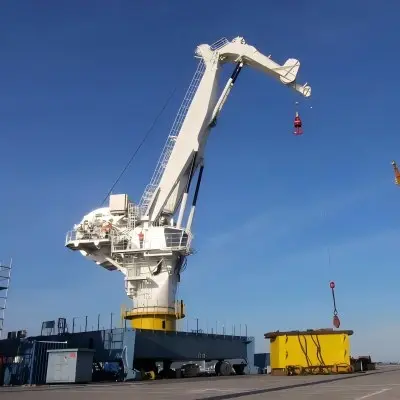What is the Difference Between Offshore Cranes and Marine Cranes?
Understanding Marine Cranes
Marine cranesare specialized lifting devices designed for use on ship decks and in port environments. These cranes are typically mounted on vessels, allowing them to load and unload cargo directly from the ship to the dock or vice versa. Marine Cranes are engineered to withstand the harsh conditions of the marine environment, including saltwater corrosion and high winds. They come in various types, includingship deck cranes, which are specifically designed for use on cargo ships, and Port Cranes, which are used in harbors for loading and unloading containers and bulk materials.
Marine cranes are characterized by their versatility and mobility. They can be operated from the ship’s bridge or remotely, allowing for precise control during lifting operations. The design of marine cranes often includes features such as telescopic booms, which can extend to reach cargo at various heights and distances, and rotating bases that enable 360-degree movement. This flexibility makes marine cranes ideal for handling a wide range of cargo types, from containers to heavy machinery.
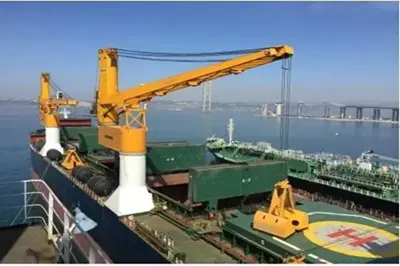
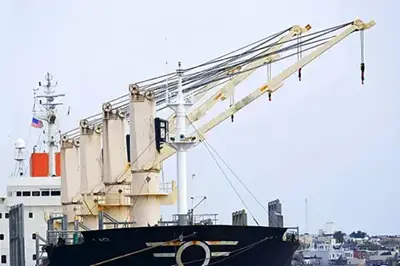
Understanding Offshore Cranes
Offshore cranes, on the other hand, are specifically designed for use in offshore environments, such as oil rigs, wind farms, and other marine installations. These cranes are built to handle the unique challenges posed by offshore operations, including extreme weather conditions, high waves, and the need for stability on floating platforms. Offshore cranes are typically larger and more robust than marine cranes, as they must be capable of lifting heavy loads in challenging conditions.
One of the key features of offshore cranes is their ability to operate in dynamic environments. Many offshore cranes are equipped with advanced technology, such as active heave compensation systems, which help to stabilize the crane during lifting operations in rough seas. This technology allows for safer and more efficient handling of heavy equipment, such as drilling rigs, subsea structures, and wind turbine components.
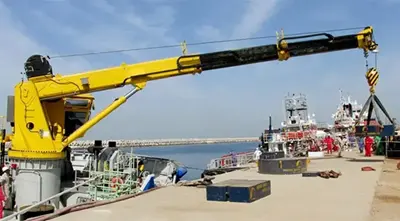
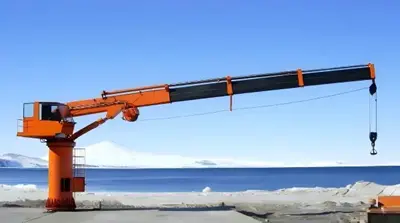
Key Differences Between Offshore Cranes and Marine Cranes
-
Design and Construction:
- Marine cranes are designed for mobility and versatility, often featuring lighter construction to facilitate easy movement on ships. They are typically smaller and more compact, making them suitable for various cargo types.
- Offshore cranes, in contrast, are built for strength and stability. They are larger and more robust, designed to withstand the harsh conditions of offshore environments. Their construction often includes reinforced materials to ensure durability and safety.
-
Operational Environment:
- Marine cranes operate primarily in port environments and on ship decks, where conditions are relatively stable. They are used for loading and unloading cargo from ships to docks and vice versa.
- Offshore cranes are specifically designed for use in open water and on floating platforms, where conditions can be unpredictable. They are used for lifting heavy equipment and materials in offshore construction and maintenance operations.
-
Lifting Capacity:
- Marine cranes generally have a lower lifting capacity compared to offshore cranes. They are designed to handle a wide range of cargo but are not typically used for the heaviest loads.
- Offshore cranes are built to lift significantly heavier loads, often exceeding hundreds of tons. This capability is essential for offshore operations, where heavy equipment must be moved safely and efficiently.
-
Technological Features:
- Marine cranes may include basic technological features for lifting operations, but they are generally less complex than offshore cranes.
- Offshore cranes often incorporate advanced technologies, such as active heave compensation and dynamic positioning systems, to enhance safety and efficiency in challenging offshore conditions.
-
Applications:
- Marine cranes are commonly used in shipping and port operations, including container handling, bulk material loading, and general cargo operations.
- Offshore cranes are primarily used in the oil and gas industry, renewable energy sector (such as wind farms), and other offshore construction projects, where heavy lifting is a critical requirement.
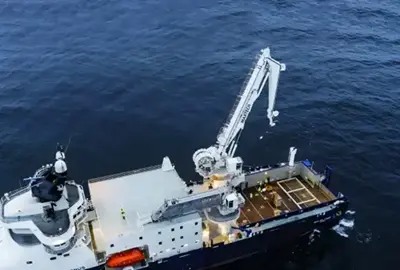
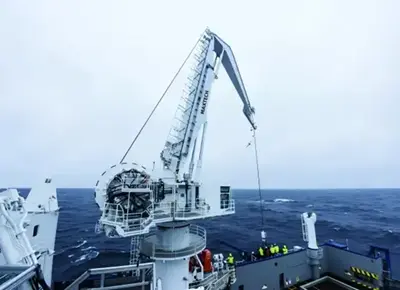
Conclusion
In short, both marine cranes and offshore cranes are super important in the maritime and offshore fields. But they're made for different situations and jobs.
Marine cranes are flexible and easy to move around. They're great for working at ports and on ship decks, handling all kinds of loading and unloading tasks.
Offshore cranes, on the other hand, are really sturdy and have advanced tech. They're built to deal with the tough challenges of lifting things offshore. Whether it's setting up huge parts of an oil rig or doing maintenance work in the sea, they can get it done.
It's crucial to know the differences between them. Picking the right crane is the key to having a safe and efficient operation. As the maritime and offshore industries keep growing, these special cranes will only become more essential. And that means we need to keep coming up with new ideas and improving crane technology.

